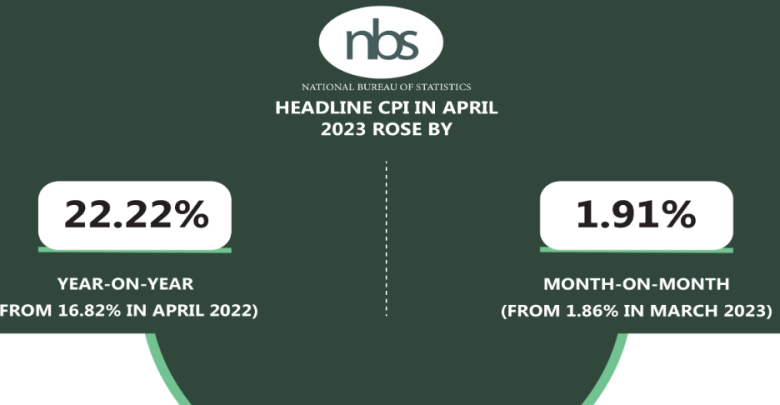We recently saw yet another controversy about sexual representation in Australia. Melissa Kang and Yumi Stynes’ book Welcome to Sex was attacked by the conservative group Australian Women’s Forum, leading to the book being removed from the shelves of Big W – and shooting to the top of the Amazon sales charts.
As a researcher on pornography, I was particularly interested to see that Stynes defended our need for sex education books by saying:
“Many of the discussions around … the putrid effects of porn on real-world sex … come back to teaching about sex and consent and starting that teaching young”.
This is interesting because the book’s critics also feel the same way – Women’s Forum Australia says that it is “deeply concerned about the damaging impact of pornography on women, as well as on men, children and society”.
It seems that wherever you sit politically, there is consensus that pornography is unhealthy.
Big W has withdrawn Welcome to Sex from its stores to protect staff – but teen sex education can keep young people safe
Modern pornography
But not all pornography is the same. Digital production and distribution has lowered the barriers to entry, whereas previously the “means of production” (as Marx would put it) required producers to be able to afford expensive cameras, lights, editing equipment, the ability to reproduce material, the ability to advertise it and stock it to adult stores or a mail order business.
Nowadays literally anybody with a phone has the ability to create and distribute sexually explicit material. That’s resulted in an explosion in the variety of pornography you can consume. There still exists – although less – expensive glossy mainstream pornography. Alongside it sits a huge range catering to niche sexual interests – people who are interested in feet, balloons, clowns, or in baths full of baked beans.
There is a continuum now of how interactive sexually explicit material can be – from the traditional archives of videos and photographs (nowadays often accessed through “tube sites” like Pornhub) through to fully interactive “camming”, with media like OnlyFans sitting somewhere in the middle.
In this new world of digital pornography, how might we work out what’s healthy?
To answer this question I worked with a team, including Welcome to Sex author Melissa Kang, to establish an expert panel of sexual health experts, adolescent health experts, sex educators, pornography researchers and pornography producers.
We asked them to give us some examples of pornography they thought could support healthy sexual development – and then to reflect on the criteria they had used as they came up with these suggestions. This research was published in full in the International Journal of Sexual Health.
A different kind of pornography
The experts identified four explicit websites that potentially supported healthy sexual development, all of which feature a slightly different kind of pornography.
PinkLabel.TV favours queer indie materials which are often slightly punk in their orientation, with a range of different sexualities, genders and body types, presenting their sex in unashamed ways.
Sex School distributes pornography with a stated educational aim, naming videos with instructional titles, and providing sexually explicit materials that show viewers how to have sex, and provide information about topics such as “consent” and Squirting.
Lust Cinema takes a feminist approach to pornography, paying explicit attention to women’s pleasure and sometimes drawing on the aesthetics of groundbreaking feminist pornographers such as Candida Royalle, with high-quality lighting, better acting, more focus on story, and attractive male actors.
MakeLoveNotPorn favours an amateur aesthetic, with people who are not professional porn actors, often with bodies that would be considered more ordinary than professional pornography performers, presenting a relaxed and ordinary performance of sexuality, often with their own partners in their own homes.
In terms of the criteria the experts used to identify these examples, six of them had broad agreement. It is important, they said, to know pornography is ethically produced. The experts also agreed on the importance of showing a variety of body types, abilities, genders, races and ethnicities.
Both of these points match well with non-expert critiques of pornography.
Diversity and realism
There was also strong agreement among the group that pornography that showed a variety of sexual practices and pleasures – not just penis-in-vagina sex – had the potential to be healthy. This is an interesting finding because unlike the first two it doesn’t match up so well with non-expert critiques.
A lot of discussions about “porn literacy” at the moment critique pornography for being “unrealistic” – and when you dig down into the details often they mean pornography shows too much variety in sex – group sex, anal sex, kinky sex – rather than vanilla, monogamous loving sex.
The experts here are disagreeing with popular narratives about what should count as healthy sexuality.
Negotiation of consent
A fourth criterion on which the experts agreed was the value of showing the negotiation of consent on screen.
This is also an interesting one because most pornography doesn’t show the negotiation of consent. That’s not to say it’s non-consensual – the only pornography you can find on the internet (as opposed to the dark web) is consensually produced. However it doesn’t often show negotiation of consent – pornography is set in a world of fantasy where everybody enjoys everything they do sexually, all the time.
This means most pornography is not a great place to learn how to negotiate consent – that’s simply not what it’s designed for. Ironically the one genre of porn that often does show consent negotiation is BDSM – a form of porn that popular narratives about porn rejects as being particularly unhealthy.
Experts also noted pornography that focused on pleasure for all participants could contribute to healthy sexual development – important when we live in patriarchies that focus on men’s pleasure more than women’s.
Navigating pornography
In this world where so many different kinds of people are producing different kinds of pornography, don’t assume it’s all the same. If you want to find healthy pornography – or you want to advise young adults in your life about how to find healthy pornography – then here are some of the questions you should be asking.
Does it show a variety of body types, genders and sexual acts? Does it pay attention to the sexual pleasure of everyone involved? And does it show consent? If you pay attention to these issues, you can be more comfortable the pornography you’re consuming is helping you to have a happy and healthy sex life.




